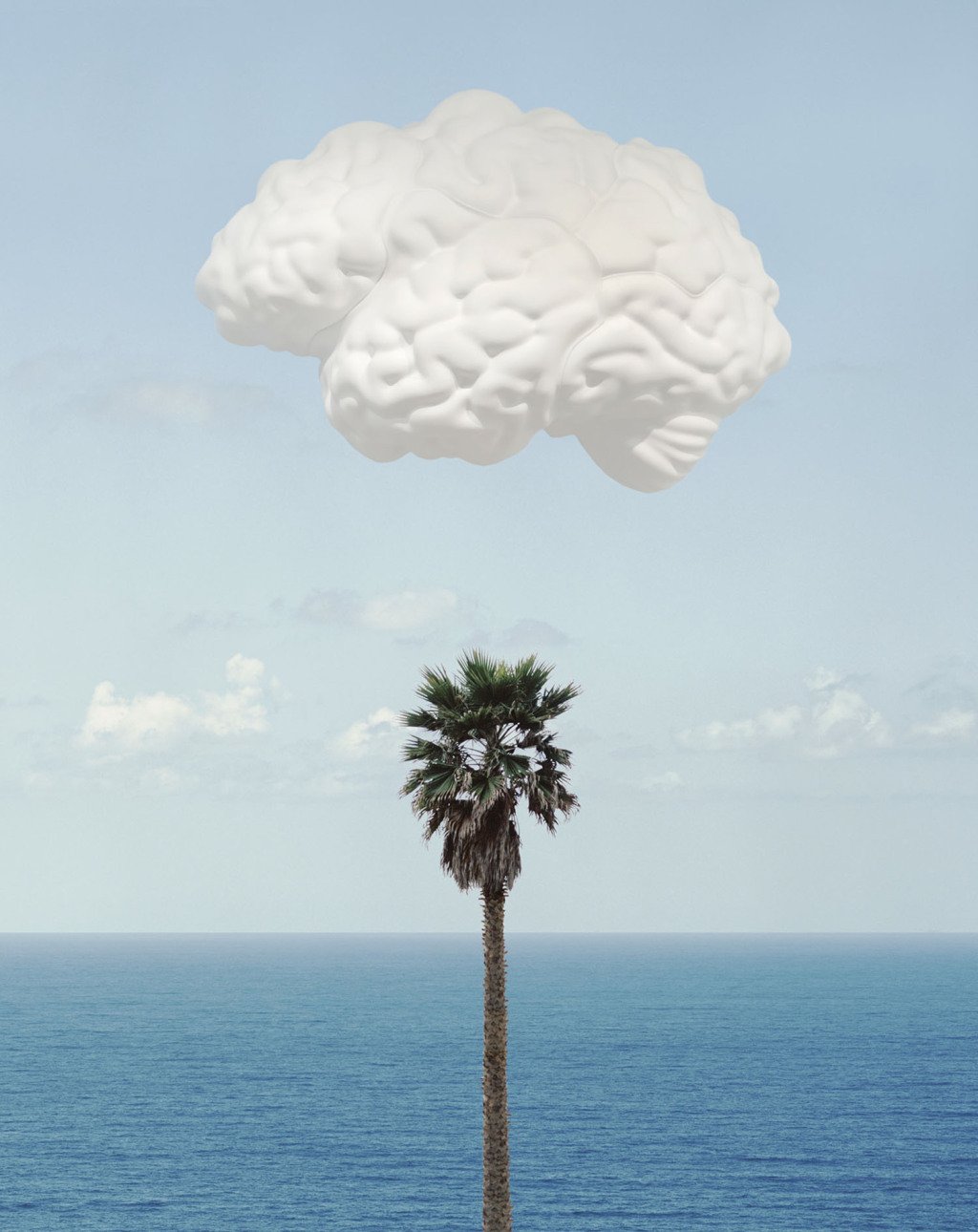
eCloud
eCloud is an art installation in Terminal B at San Jose International Airport in San Jose, CA. I know this exhibit well because SJC is my home airport, and I flew through it fairly often.
According to the piece’s official website, eCloud was created by Dan Goods, Nik Hafermaas, and Aaron Koblin. It is composed of hundreds of polycarbonate planes that are suspended from the terminal’s ceiling in the rough shape of a cloud. The panels can change transparency, based on real-time weather data from cities around the globe. The effect is of a digital cloud that changes subtly based on each panel’s transparency level.
The installation also includes a large LCD panel installed in the adjacent wall, that shows the weather of the city being represented at the moment, as well as a simulated preview of the cloud itself. This project really inspired me because its innovative use of technology truly represented Silicon Valley and it was a beautiful representation of how technology could contribute to something simple and beautiful. These days, a lot of thinkers are concerned about technology’s harmful impact on our generation, but we should be reminded that technology isn’t bad in itself, but we have to be be careful in how we choose to use it.
The artwork was essentially commissioned by the city of San Jose. While the terminal was being built, the city called for applicants to propose their own ideas, and eCloud was eventually selected. It seems that the applicants started prototyping their piece in 2007, but the final terminal with the installation did not open until 2010.
The team was led by three main artists/designers, who also worked with some professionals who had some more specific expertise.
The team who created the piece had plenty of previous experience in environmental design. They had designed various spaces and environments and many settings such as airports and museums. And why a cloud? According to a VICE article, the art world at the time was heavily relying on clouds for inspiration.

Here is a video of the installation:
According to the official website, the project utilized a lot of custom software so that the panels could communicate with each other and utilize the proper transparency.
Could the project have been effective? I don’t know! After all, it’s a piece of modern art, not quite a product so it doesn’t feel right to critique it. However, I think it works incredibly well in its setting. Perhaps I wish the panels were darker in default, so the more transparent “white” panels would be more visible with greater contrast.
![[OLD FALL 2017] 15-104 • Introduction to Computing for Creative Practice](wp-content/uploads/2020/08/stop-banner.png)